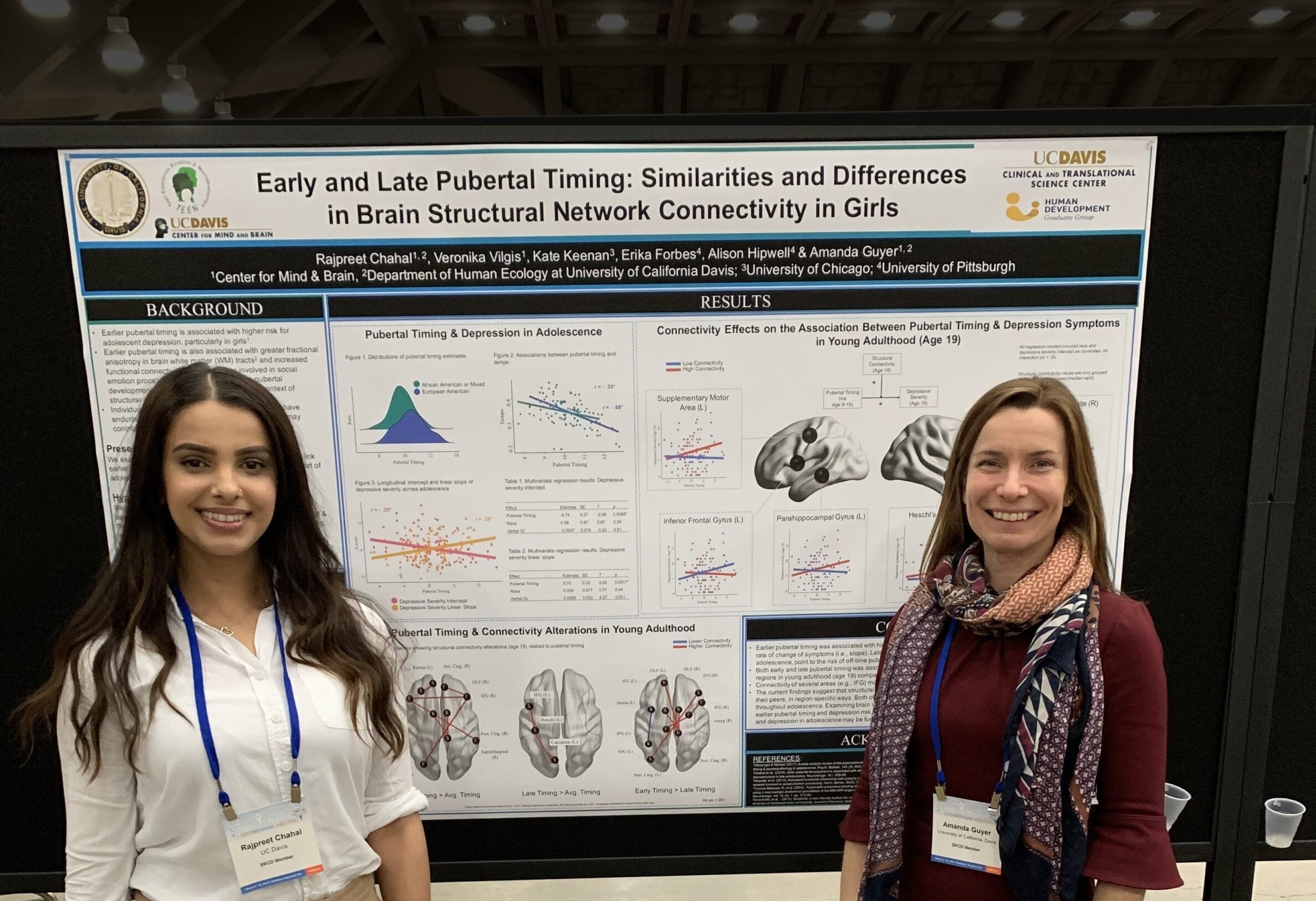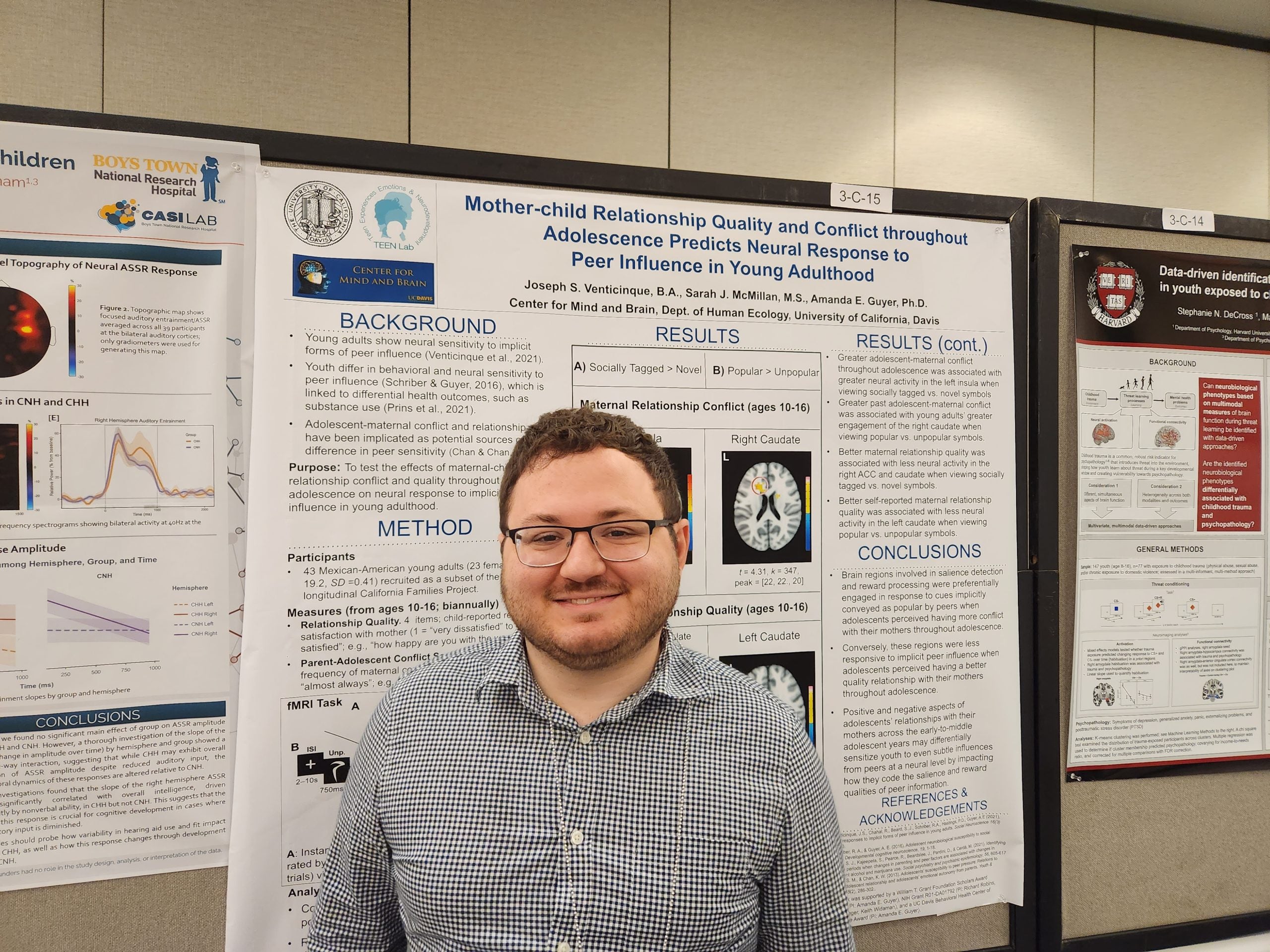Melissa A Brotman, Mariana Schmajuk, Brendan A Rich, Daniel P Dickstein, Amanda E Guyer, E J Costello, Helen L Egger, Adrian Angold, Daniel S Pine, and Ellen Leibenluft (2006). Biol Psychiatry, 60(9):991-7.
BACKGROUND: Controversy concerning the diagnosis of pediatric bipolar disorder (BD) has focused attention on children with chronic irritability and hyperarousal. This syndrome has been called the “broad BD phenotype” or severe mood dysregulation (SMD). This study examines prevalence, concurrent Axis I diagnoses, and longitudinal outcome of SMD in an epidemiologic sample. METHODS: Data were drawn from the Great Smoky Mountains Study, a longitudinal epidemiological study. Items from the Child and Adolescent Psychiatric Assessment were used to generate SMD criteria. RESULTS: Among 1420 children, the lifetime prevalence of SMD in children ages 9-19 was 3.3%. Most (67.7%) SMD youth had an Axis I diagnosis, most commonly attention-deficit/hyperactivity disorder (26.9%), conduct disorder (25.9%), and/or oppositional defiant disorder (24.5%). In youngadulthood (mean age 18.3 +/- 2.1 years), youth who met criteria for SMD in the first wave (mean age 10.6 +/- 1.4 years) were significantly more likely to be diagnosed with a depressive disorder (odds ratio 7.2, confidence interval 1.3-38.8, p = .02) than youth who never met criteria for SMD. CONCLUSIONS: Severe mood dysregulation is relatively common in childhood and predicts risk for earlyadulthood depressive disorders. Research should continue to explore the course of illness in children with SMD.




